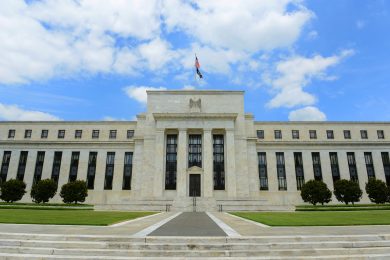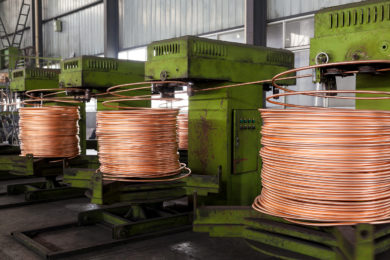
Palladium prices set to soar in the short and long-term
- Apart from October, palladium prices have been soaring since June 2020.
- China's manufacturing PMI are at a 3-year high.
- Car sales in China have been rising steadily.
Palladium prices have ended November at a high. While the precious metal had taken a downward trend in October, it has largely been in the green since June 2020. As at 12.08 GMT, palladium was down by 0.84% to trade at $2404.53. The metal’s upward momentum is due to the recovery of China’s economy and high car sales.

China records a 3-year high manufacturing PMI
Copy link to sectionChina’s manufacturing PMI has risen to a 3-year high. According to the data released on 30th November by the China Logistics Information Center, the PMI rose from last month’s 51.4 to 52.1. The figure is also higher than the expected 51.5. Furthermore, November’s reading is the highest since September 2017.
The manufacturing PMI is a measure of activity in a country’s manufacturing industry. China’s better-than expected data are an indication that its economy is recovering. Besides, the figure denotes increased demand for manufactured goods. Iris Pang, a Greater China chief economist at ING Groep said, “The jump was mostly due to more domestic new orders and an increase in raw material prices. New export orders also increased but less so compared to domestic new orders.”
Steady demand for palladium sustains the prices’ upward momentum
Copy link to sectionChina has one of the largest automobile industries in the world. In 2019, about 28% of the vehicles manufactured worldwide were from this Asian country. Notably, the largest use of palladium is in the car industry. Car manufacturers use this precious metal in gasoline vehicles’ catalytic converter. As such, high demand for automobiles is a bullish indicator for investors looking to trade palladium.
The stringent emission regulations enacted in various countries have also contributed to the soaring palladium prices. For example, Europe is set to adjust the current Euro 6 emission standards for even stricter Euro 7 regulations. China and the U.S. have also enacted firm laws to curb pollution from the automobile industry.
Bulls are also banking on the continued use of internal combustion engine (ICE) cars. Granted, the electric vehicle (EV) industry is booming. Nonetheless, it will take years to fully eliminate ICE automobiles.
According to BloombergNEF’s electric vehicle outlook 2020, EVs will represent about 10% of the new car sales by 2025. 5 year later, the EV share will have risen to 28%. The analysis shows that the demand for ICE vehicles will still be high over the coming decade.
The Chinese government is also keen on enhancing the domestic consumption of automobiles. The strategy is cutting across NEVs as well as the gasoline-engine vehicles. For instance, in October, car sales in this Middle Kingdom rose for the 7th consecutive month. The sales rose by 12.5% compared to a similar period in 2019. Leading automakers such as Honda and Toyota have forecasted an increase in their profits as the demand for their products surge in China.
More industry news







